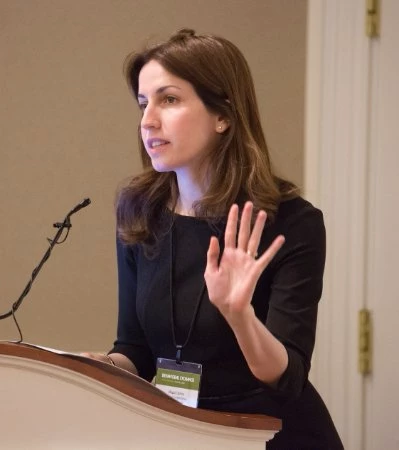As behavioral scientists to the World Bank, we at the Mind, Behavior, and Development (eMBeD) Unit tend to see behavioral science everywhere. With the holiday season fast approaching, it’s no surprise that we can apply behavioral science to any number of seasonally appropriate channels, including charitable giving. Reciprocity, it turns out, affects us at every age, and can be a good lesson for charitable giving campaigns.
Behavioral applications for reciprocity can even take us back a month or two, to Halloween. In 2008 and 2012, Julian Jamison, one of our Senior Economists, and Dean Karlan ran a study to find out if politics had any influence on candy choice. Children were confronted with two tables decorated with material from two separate political campaigns; in some cases, kids were informed that each table would hand out one bar of candy, while in other cases, kids were told out that one of the tables would hand out two candy bars to the other table’s single bar.
The majority of children were unmoved by the double candy bar offer, but age had a lot to do with the outcome – for kids eight and under, more candy did little to influence their choice, whereas kids nine and up were two to three times more likely to choose the campaign table with double the goodies.
While we wouldn’t want to extrapolate too much based on a sample of trick or treaters, the study does prove what behavioral scientists have known for some time – incentives, and context, matter. If we take candy to a different context – charitable giving – the UK’s Behavioural Insights Team found that handing out candy doubled the rate of giving among employees in a charitable giving drive. eMBeD found similar results when it ran a study on World Bank employees during their giving campaign: 2015 Community Connections Campaign (CCC). One week after receiving a small gift – a piece of chocolate – along with a note thanking them for “your commitment to the Community Connections Campaign” along with an easy to follow link to donate, donations among the treatment group increased by 5.4% compared with the 2.8% increase in the control group. When the team added an email reminder following the small gift, the results were even starker – the email reminder increased participation among the gift treatment group by an additional 8.6%.
When you look at all the interventions run by eMBeD during the 2015 CCC, including timely messaging, short and clear language, and encouraging early commitment, the average donation within the unit rose by more than 30% relative to the previous year, and raised an estimated $29 for every $1 spent on the interventions.
The CCC won’t get to 100% participation through pieces of chocolate alone, but the lessons from eMBeD’s research are clear: when we apply what we know about changing human behavior to real world problems – even if it’s just getting you to donate during the holidays – we can dramatically improve policy outcomes. That sure seems sweet.


Join the Conversation